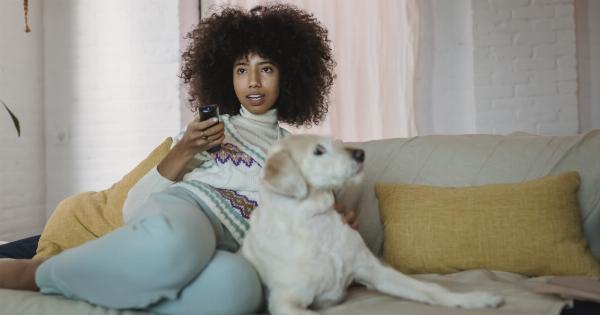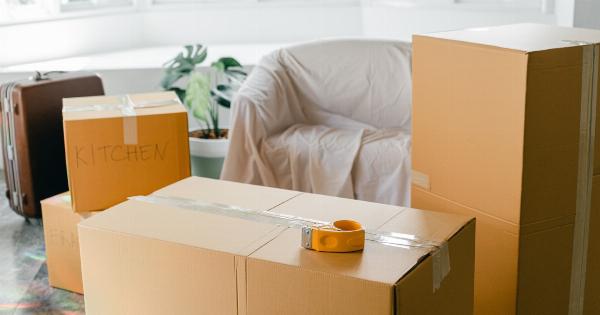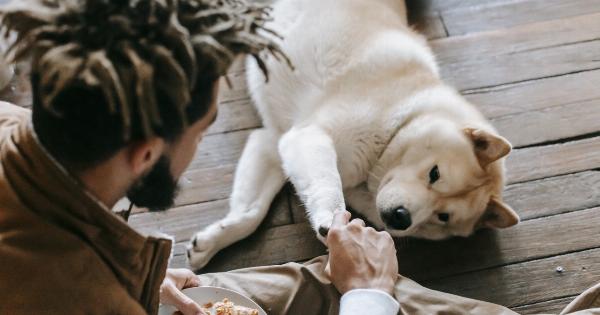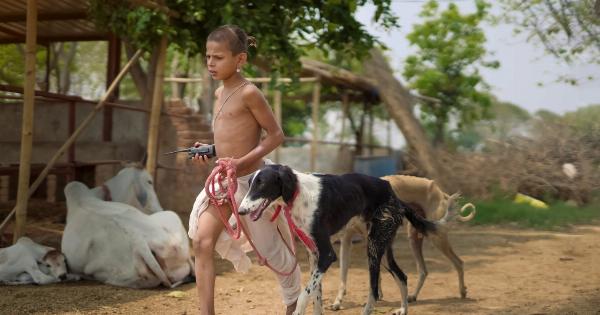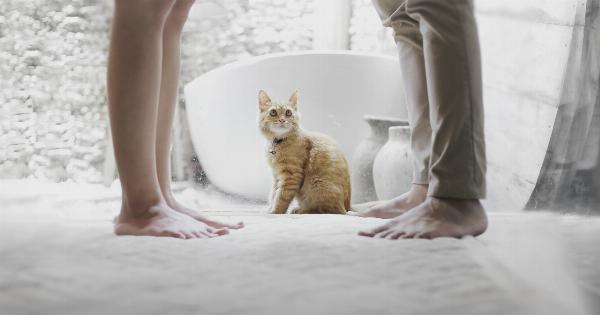A vacation can be an exciting time for the entire family, including your furry friend. But when it’s time to return home, your dog may experience some challenges adjusting back to their regular routine.
To help ease their transition, here are five practical ways to make the process smoother for your beloved pet.
1. Gradually Reintroduce Their Home Environment
Returning from a vacation can be overwhelming for your dog, especially if they have been in a new and unfamiliar environment for an extended period. To avoid overwhelming them, reintroduce them to their home environment gradually.
Start by allowing them to explore one room at a time. This familiarizes them with their surroundings at a comfortable pace and helps them feel secure.
2. Stick to Their Regular Feeding and Exercise Schedule
During your vacation, your dog’s feeding and exercise routine may have been disrupted. As you return home, it’s crucial to get them back on track with their usual schedule as soon as possible.
Dogs thrive on routine, and returning to their regular feeding and exercise times will help them feel more at ease.
3. Provide Plenty of Affection and Reassurance
Your dog may be experiencing separation anxiety or feeling unsettled after being away from you and their routine. To ease their anxiety, make sure to shower them with love, affection, and reassurance.
Spend quality time playing, cuddling, and engaging in their favorite activities to help them feel secure and loved.
4. Maintain Consistency in Training and Rules
While on vacation, your dog may have been let off the leash or allowed to have more freedom. As you return home, it’s crucial to reinforce consistent training and rules.
This helps them understand that the vacation rules were temporary and that they need to follow the familiar guidelines they were accustomed to before your trip.
5. Watch for Signs of Stress or Discomfort
Every dog is unique, and their reactions to returning home may vary. Watch for signs of stress, discomfort, or unusual behavior. This could include excessive panting, pacing, loss of appetite, or withdrawal.
If you notice any concerning symptoms, consult with a veterinarian to ensure your dog’s well-being.
The Importance of Patience and Understanding
Transitioning back to their regular routine after a vacation can take time for your furry friend. It’s crucial to approach their adjustment with patience and understanding.
Each dog has their own pace, and forcing them to adapt too quickly may cause further stress and anxiety. Be patient, provide a calm and loving environment, and allow them to readjust at their own comfortable pace.
In Conclusion
Returning home after a vacation can be a significant adjustment for your dog.
By gradually reintroducing their home environment, sticking to their regular feeding and exercise schedule, providing affection and reassurance, maintaining consistency in training, and watching for signs of stress, you can help ease their transition. Remember to be patient and understanding throughout this process, as your furry friend may need some extra time and support to readjust. With your love and care, they will settle back into their routine and feel right at home again.














